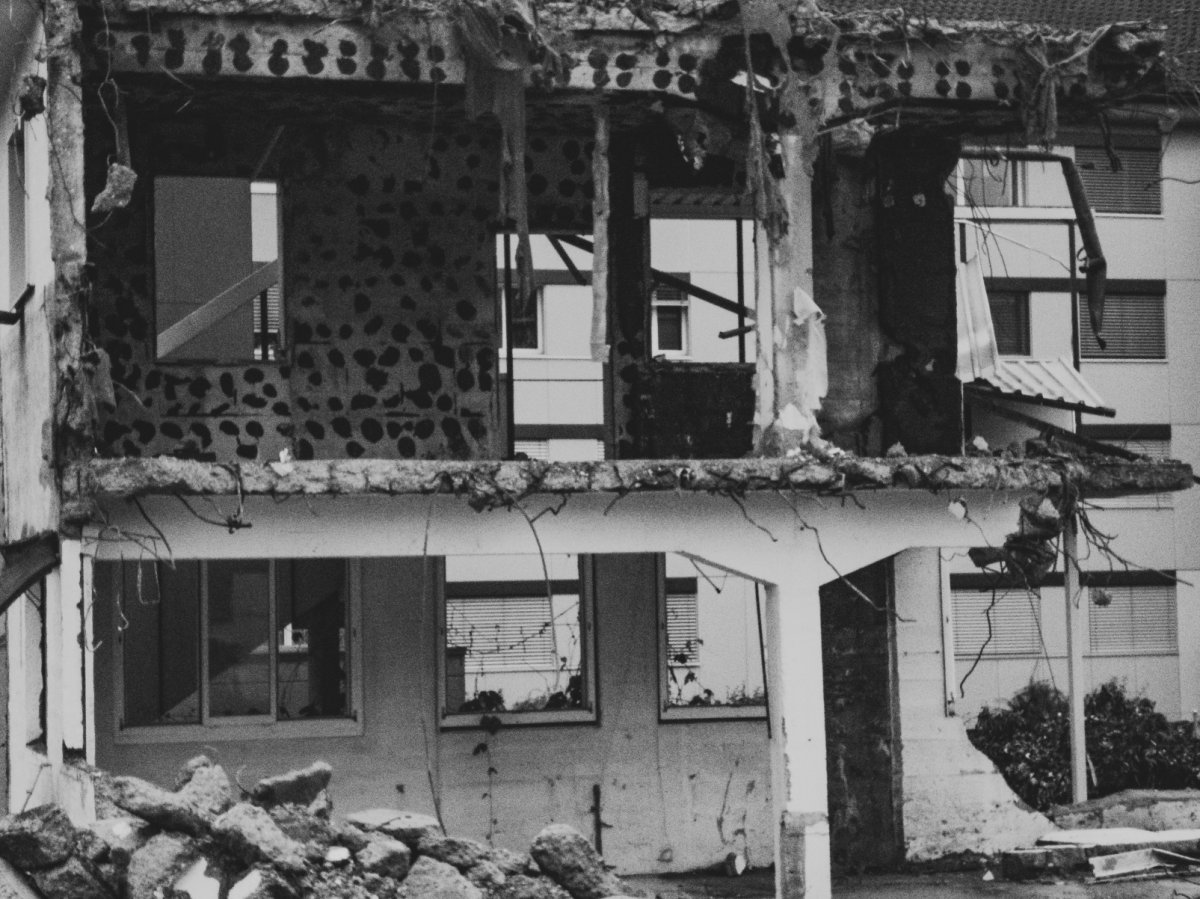
[ad_1]
According to a study by the Karlsruhe Institute of Technology (KIT), approximately 2.32 million people worldwide died between 1900 and 2015 due to earthquakes alone. Other catastrophes that cause houses to collapse, for example, are not yet considered here.
Many of these people could have been saved, but for this the emergency services should know exactly where the living are, that is, under what mounds of earth and rubble they must search. The Fraunhofer Institute for High Frequency Physics and Radar Technology (FHR) in Wachtberg is working on a new mobile technology that allows electromagnetic radar waves to accurately locate buried people.
The drone looks for vital signs
The waves can partially penetrate the debris, so that the signals of the buried subjects are returned to the detector of the radar device. The type of feedback indicates how far away the buried person is. So-called MIMO radars (Multiple Input Multiple Output Antennas) have different transmitters and receivers. As a result, different perspectives can be brought together as a mosaic, which provides information on the exact location of the burial.
Similar technology is already in use, but stationary and only with a maximum range of 30 meters. With the new approach, it will be possible in the future to search for areas of hectares that meet the requirements of a real disaster. “We have developed a mobile radar device that can determine the pulse and respiration of buried people and then locate them,” says Reinhold Herschel, team leader at FHR. “In the long run, a drone equipped with the radar device could fly over the crash site.”
Two usage scenarios
The technology shouldn’t just be about finding victims with mobile drones. It is also able to record the exact signs of life of the injured who are in the intervention area. This can be useful for prioritizing first aid if numerous injured people need help at the same time. Thanks to machine learning, critical states can be distinguished more quickly from stable ones. Due to the different rhythmic frequencies, they should be able to distinguish vital signs. This way you know your regular heart rate and breathing. If they are changed, you can take action. Tests have already shown that precise vital signs can be successfully measured up to a distance of 15 meters. To be registered, people just have to move a little, all they need is to breathe.

The detection itself will be a little more complex: for another two years, research will be conducted on how to reliably identify subjects buried in the ground and concrete, and how drones can detect this measurement. Marketing is also conceivable.
(bsc)
.
[ad_2]
Source link
